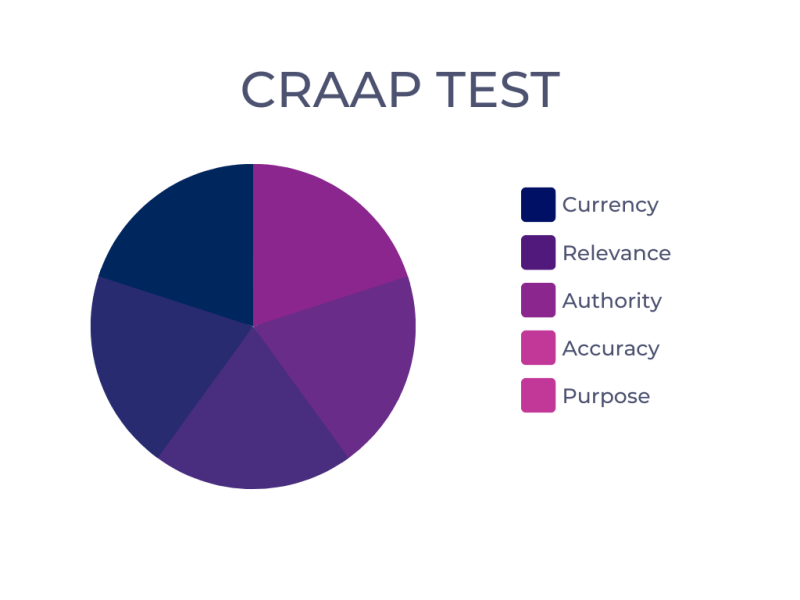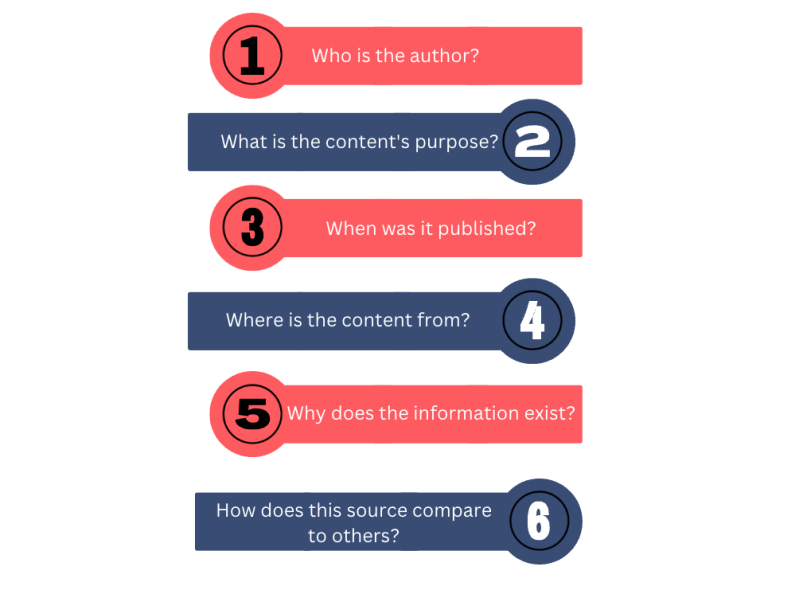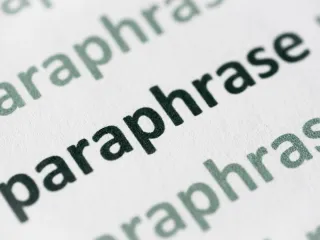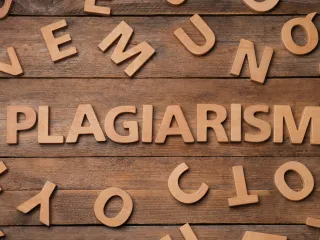Evaluating sources for credibility is a crucial skill for anyone seeking reliable information. In today’s world of easy access to information, it is essential to differentiate between trustworthy and unreliable sources.
Information sources can come in different types, such as books, journals, news articles, social media posts, blogs, and podcasts. However, the credibility of a source can vary based on the context of the information and the quality of the other information that the source has recently published.
Evaluating sources for credibility requires examining the author’s credentials, the quality and accuracy of the information, and the publisher’s reputation. An unreliable source can have severe consequences, leading to misinformation and disinformation, damaging one’s reputation, and causing harm to oneself and others.
This article will provide a guide to help you evaluate sources and determine their credibility.
Frameworks for Evaluating Credibility
Frameworks for evaluating credibility are useful tools to help readers assess the quality and accuracy of information. These frameworks originated from the need to combat the spread of misinformation and disinformation, which became increasingly prevalent with the rise of the internet and social media.
By using a systematic approach to evaluate information, readers can make more informed decisions and avoid being misled.
CRAAP TEST
The CRAAP test is one such framework, which stands for Currency, Relevance, Authority, Accuracy, and Purpose. This test is used to evaluate sources of information and determine their credibility. It benefits students and researchers who need to evaluate sources for academic purposes.

- Currency: Timeliness of the information and whether it is up-to-date and relevant to the topic at hand.
- Relevance: Refers to the degree to which the information is related to the research question or topic being investigated.
- Authority: Credibility of the source and whether it is a reliable source of information.
- Accuracy: The factual correctness of the information provided and whether it can be verified through other sources.
- Purpose: The reason the information exists and whether it is intended to inform, persuade, entertain, or deceive.
SMART Check
The SMART Check stands for Source, Motive, Authority, Review, and Two-Source Test. This test is particularly useful for evaluating online sources, such as news articles or social media posts.
- Source: Refers to the origin of the information, including who created it, and their affiliations and biases.
- Motive: The reason why the information was created and whether there is a specific agenda or bias behind it.
- Authority: The credibility of the source and whether it is a reputable source of information.
- Review: Refers to the quality of the information, including whether it has been reviewed by experts or fact-checkers.
- Two-Source Test: The practice of verifying information by cross-referencing it with at least two reputable sources.
The 5 “W” Questions (5Ws)
The 5Ws test is a method of gathering information by asking five key questions: who, what, when, where, and why. These questions are typically used by journalists and investigators to get a complete picture of a situation and to ensure that all relevant information has been gathered.
The tagalong H stands for how, which is also an important question that helps to provide a more complete understanding of the topic.

- Who is the author? – The individual or organization responsible for creating the content. Knowing the author can provide insight into their perspective and expertise, which can affect the credibility of the information.
- What is the content’s purpose? – The reason for creating the content, whether it is to inform, persuade, entertain, or something else. Understanding the purpose can help to determine the bias and relevance of the information.
- When was it published? – Refers to the date the content was released. Knowing the publication date can help to determine the timeliness and relevance of the information.
- Where is the content from? – The source of the content, whether it is a reputable news organization, personal blog, or social media platform. Understanding the source can help to determine the credibility and bias of the information.
- Why does the information exist? – The reason why the information was created and published. Knowing the motivation behind the information can help to determine the bias and reliability of the content.
- How does this source compare to others? – The process of evaluating the credibility and relevance of a source by comparing it to other sources on the same topic. This can help to ensure that the information is accurate and unbiased.
RADAR Method
The RADAR test is a method of evaluating information for reliability and credibility. It stands for Rationale, Authority, Date, Accuracy, and Relevance.
RADAR can be handy when evaluating information from online sources, where it can be challenging to determine the reliability of the information. It can be beneficial when people need to make important decisions based on the information they are reading, such as in academic research or professional settings.
- Rationale: The reason why the information exists and the purpose of the content. Knowing the rationale behind the information can help to determine whether it is biased or objective.
- Authority: The credentials and expertise of the author or publisher of the information. Understanding the authority of the source can help to determine whether the information is trustworthy and reliable.
- Date: The time when the information was published or updated. Knowing the date can help to determine whether the information is still relevant and up-to-date.
- Accuracy: Refers to the truthfulness and correctness of the information. Checking for accuracy involves verifying the information with multiple sources and evaluating the evidence presented.
- Relevance: How well the information relates to the topic or question at hand. Evaluating relevance involves considering whether the information is useful and applicable to the specific situation.
Evaluating a Website’s Trustworthiness
When evaluating the trustworthiness of a website, there are a few key factors to consider. One way to identify a trustworthy website is to look for TLD (top-level domain) extensions like .edu and .gov, which are typically associated with reputable educational institutions and government agencies.
Another critical factor is whether the information provided is peer-reviewed or includes citations, indicating that the content has been evaluated and verified by experts in the field.
However, there are other things to consider when checking the credibility of a website.
It’s important to carefully evaluate online sources, including web pages and university press publications, to ensure that the information is accurate and reliable. This can involve checking for peer-reviewed journal articles, verifying publication dates, and assessing the expertise of the author or publisher.
Always be aware of unreliable sources and to use critical thinking skills when evaluating information.
Websites that are designed for the general public may not always provide the most accurate or up-to-date information, so it’s important to consider the source and to look for scholarly articles and other reputable sources when conducting research.
Evaluating an Author’s Credibility
Evaluating an author’s credibility involves examining their publishing history and online presence. One way to assess an author’s credentials is to review their publication history and determine whether they have published in credible sources, such as academic sources or reputable news sources.
Examining their online presence, including social media profiles, can also provide insight into their expertise and credibility.
Reverse engineering an author’s name, by searching for them online and reviewing their professional profiles and publications, can also highlight their credibility. This process can help to verify their credentials, identify any biases or affiliations, and evaluate their expertise in a particular field.
By carefully assessing an author’s credibility, readers can better determine the reliability of the information presented and make informed decisions about the sources they choose to trust.
Check Your Bias
As we review information, our biases and opinions can influence how we interpret and understand the content. It’s important to keep these biases in check and approach the material with an open mind. Quetext offers services that can help with this process, including a plagiarism checker and citation generator.
What sets Quetext apart from other competitors is their ability to provide accurate and reliable results, even in complex subject areas. Their services can help authors ensure that their research papers are credible and well-supported by peer-reviewed articles and citations.
Ultimately, the goal of any research or review process should be to arrive at a balanced and informed point of view, taking into account the intended audience and the credibility of the sources used. By using tools like Quetext’s citation generator and plagiarism checker, authors can ensure that their work meets these standards and contributes to a more informed and credible body of knowledge. Check out Quetext’s pricing and services at https://www.quetext.com/pricing, or visit their website at https://www.quetext.com/ to learn more.









